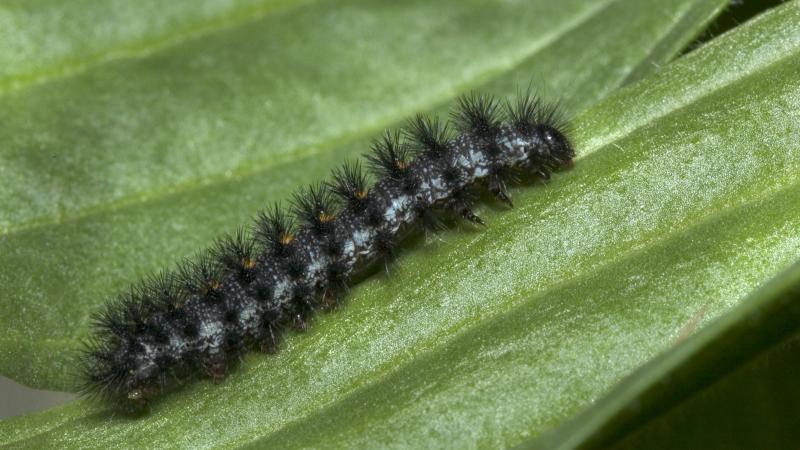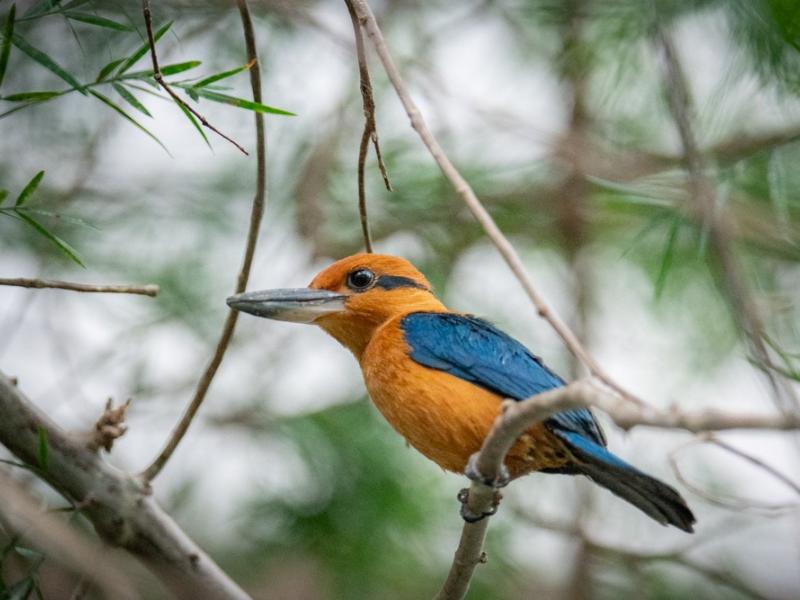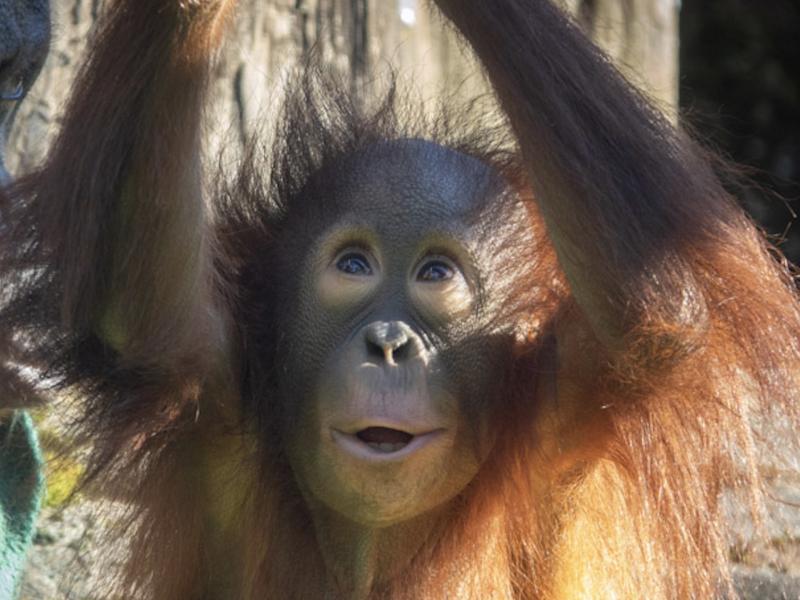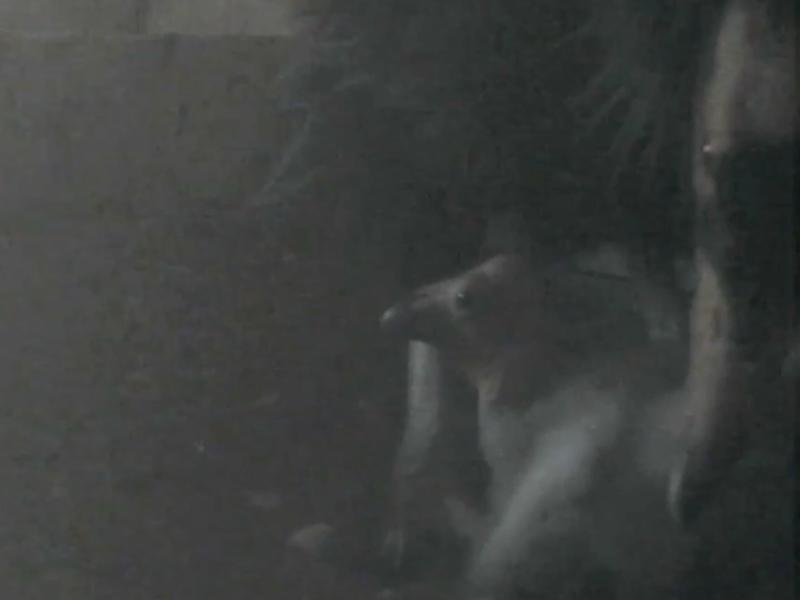Zoo raises record number of endangered Northwest butterflies

For thousands of endangered butterflies raised at the Oregon Zoo during the past year, naptime is over
Zoo conservationists roused 5,398 Taylor's checkerspot larvae from their winter dormancy this week, transferring the very hungry caterpillars into rearing cups at the zoo's Imperiled Butterfly Conservation Lab, where they will munch on narrowleaf plantain following an eight-month snooze.
The total is the highest in the 15 years since the zoo joined the effort to save this endangered Northwest pollinator. Later this month, zoo staffers will join conservationists from the Washington Department of Fish and Wildlife, the Sustainability in Prisons Project and other partners to release a majority of the growing caterpillars on prairies in western Washington, helping to reestablish populations of checkerspots where some of the region's best habitat remains.
A smaller number of larvae will stay behind and complete their transformation into adult butterflies at the zoo — a "rear guard" of sorts that will breed and lay eggs to produce caterpillars for release next year.
"The Taylor's checkerspot is one of the Northwest's most beautiful — and most endangered — butterflies," said Mary Linders, a species recovery biologist with WDFW. "Releasing caterpillars reared at the zoo is part of our ongoing effort to reestablish this imperiled species at sites where it was once abundant. Without large, connected populations, the butterflies struggle to survive."
The zoo-reared caterpillars will complete their development in the wild, first turning into chrysalides and then — over a span of warm, sunny days this spring — emerging as adult butterflies and unfurling their distinctive and colorful wings for the first time.
Rearing the rare butterflies comes with many challenges. One of the most difficult tasks is feeding the ever-munching larvae, which require vast quantities of specific host plants. Thanks to the zoo's horticulture department and a team of inmate gardeners at Larch Corrections Center, the checkerspot caterpillars are well fed on narrowleaf plantain, one of the plants the species eats in the wild.
This level of care is crucial: The species is listed as endangered under the U.S. Endangered Species Act and, according to Xerces Society for Invertebrate Conservation, is in imminent danger of extinction. Though once abundant in prairies west of the Cascade crest, the Taylor's checkerspot has lost 99 percent of its grassland habitat to degradation from invasive species, agriculture and urban development.
Since joining the recovery effort in 2004, the Oregon Zoo has provided more than 28,000 checkerspots for release. After a decade and a half of working to increase the endangered butterfly's numbers, Linders says the effects are becoming noticeable.
"We've started seeing Taylor's checkerspots at locations where they haven't been documented in years," Linders said. "It gives us hope for a species that is very close to disappearing completely."
Committed to butterfly conservation, the Oregon Zoo is a charter member of the Association of Zoos and Aquariums' Butterfly Conservation Initiative, a collaborative effort among nearly 50 zoos and aquariums. To rear checkerspots and release them into the wild, the zoo works in partnership with and receives funding from the Washington Department of Fish and Wildlife and Joint Base Lewis-McChord. Additional project partners include the U.S. Fish and Wildlife Service, the Sustainability in Prisons Project which is a partnership founded by The Evergreen State College and Washington State Department of Corrections, Mission Creek Corrections Center for Women, Larch Corrections Center, the Institute for Applied Ecology, Coffee Creek Correctional Facility and the Xerces Society.
More News

Zoo welcomes ultra-rare sihek kingfishers
The Oregon Zoo is home to many critically endangered species, but perhaps none as rare as its newest arrivals: a trio of sihek kingfishers.April 25, 2024

Jolene turns 2: Zoo to celebrate orangutan's 2nd birthday
The littlest member of the orangutan family is celebrating a big milestone this week: Jolene will turn 2 on Saturday.April 12, 2024

Seven chicks and counting: Zoo welcomes first condors of 2024
Seven fluffy chicks hatched last month at the Oregon Zoo’s Jonsson Center for Wildlife Conservation.April 5, 2024

